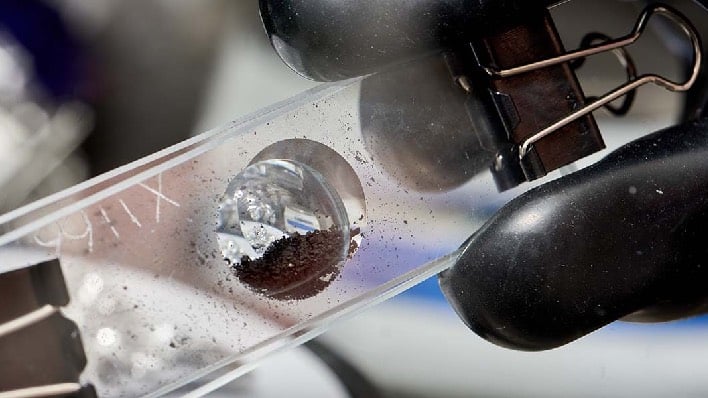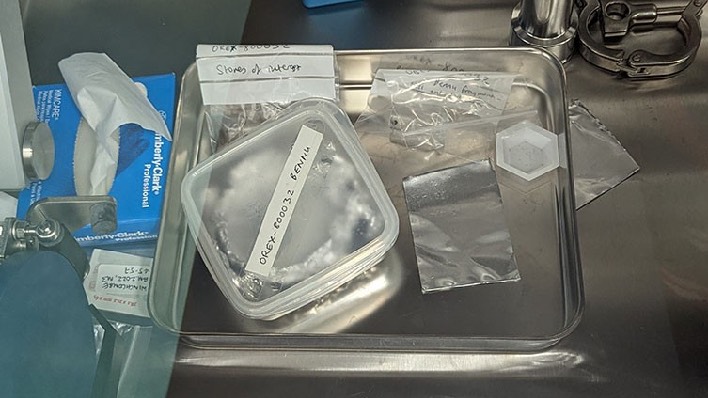NASA Sends A Teaspoon Of The Most Dangerous Rock In The Solar System To The UK

Scientists at the Natural History Museum say they are excited to investigate the small sample of asteroid Bennu. The team of researchers will expose the extraterrestrial grains to a host of experiments and tests, hoping to give greater insight into how asteroids form, what material they may contain, and whether they played a role in bringing the building blocks of life to Earth.
“We’re really lucky,” remarked Dr. Ashley King, a meteorite researcher at the Natural History Museum and part of the research team. “We’re one of the first people to get our hands on the Bennu samples. And here at the Museum we have a team of researchers that are going to start studying these samples to understand their mineralogy and chemical composition.”

“It’s kind of like the leftover building blocks of our solar system,” explained De. King. “When we think about how planet Earth formed, all the ingredients are also locked up within Bennu. So we want to disentangle the story of Bennu and learn about the origin of the solar system and then the history of Earth.”
Another intriguing aspect of studying the sample is the fact that it has not been polluted by the atmosphere of Earth. When an asteroid enters Earth’s atmosphere it is irreversibly changed by the extreme heat it endures, as well as the damp nature of the surface of Earth which alters the space rock’s chemistry. Because of these factors, it has been impossible to find out if any of the asteroids that have struck Earth contained building blocks for life before being altered.
“So, when Earth formed it was quite a dry environment, and we think that water was delivered from an extraterrestrial source at some point during Earth’s later evolution,” remarked Dr. Helena Bates, a researcher at the Natural History Museum. “We think that Bennu could be representative of the type of asteroid that delivered water to Earth.”
The team, made up of hundreds of scientists from around the world, will now focus on performing the research they have been planning in the years leading up to the arrival of the sample from Bennu. Perhaps they will be able to answer a few of the questions about how Earth came to be what it is today.

